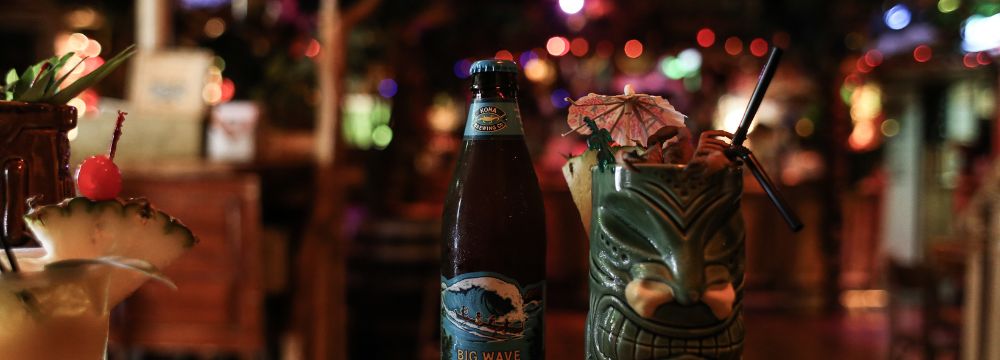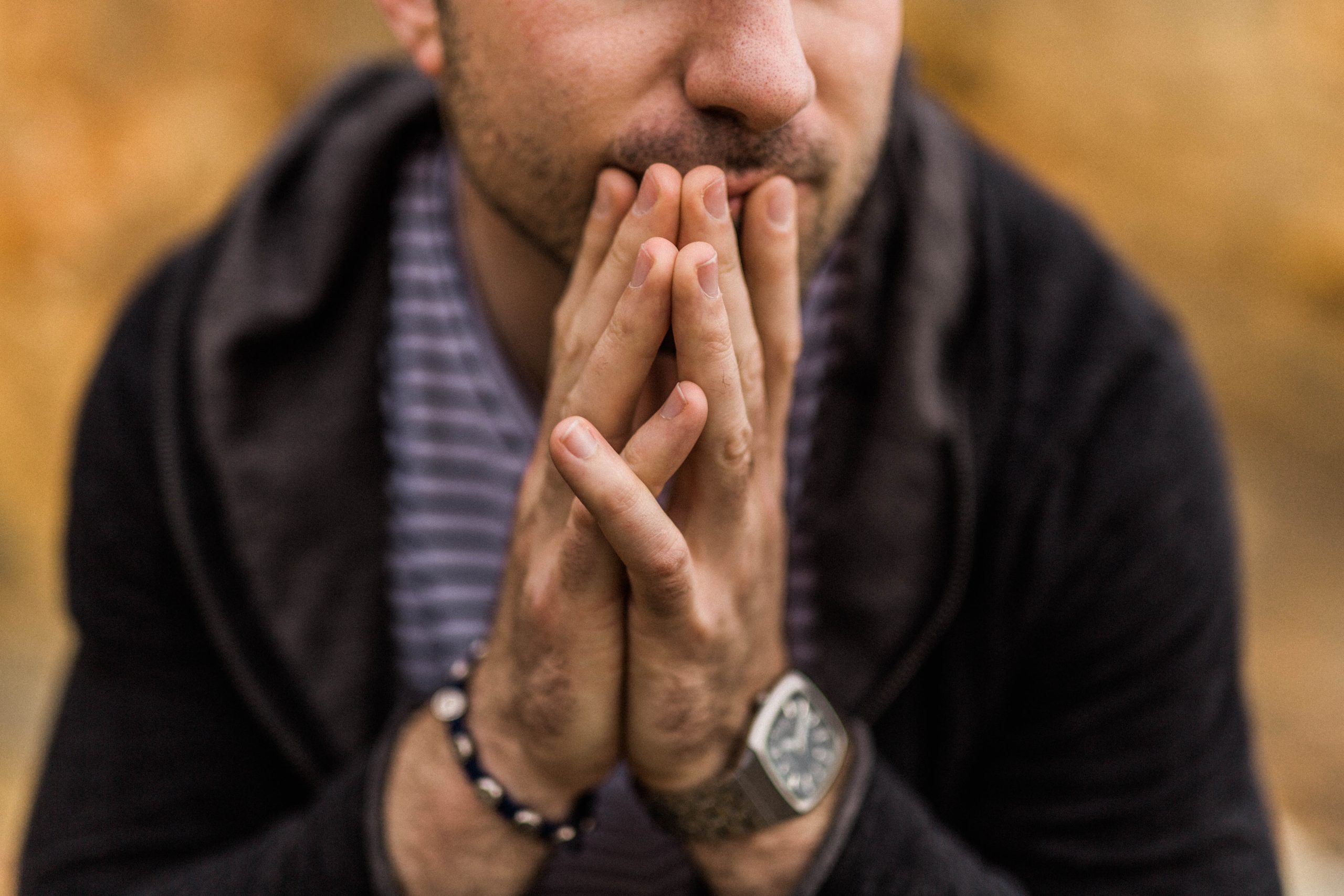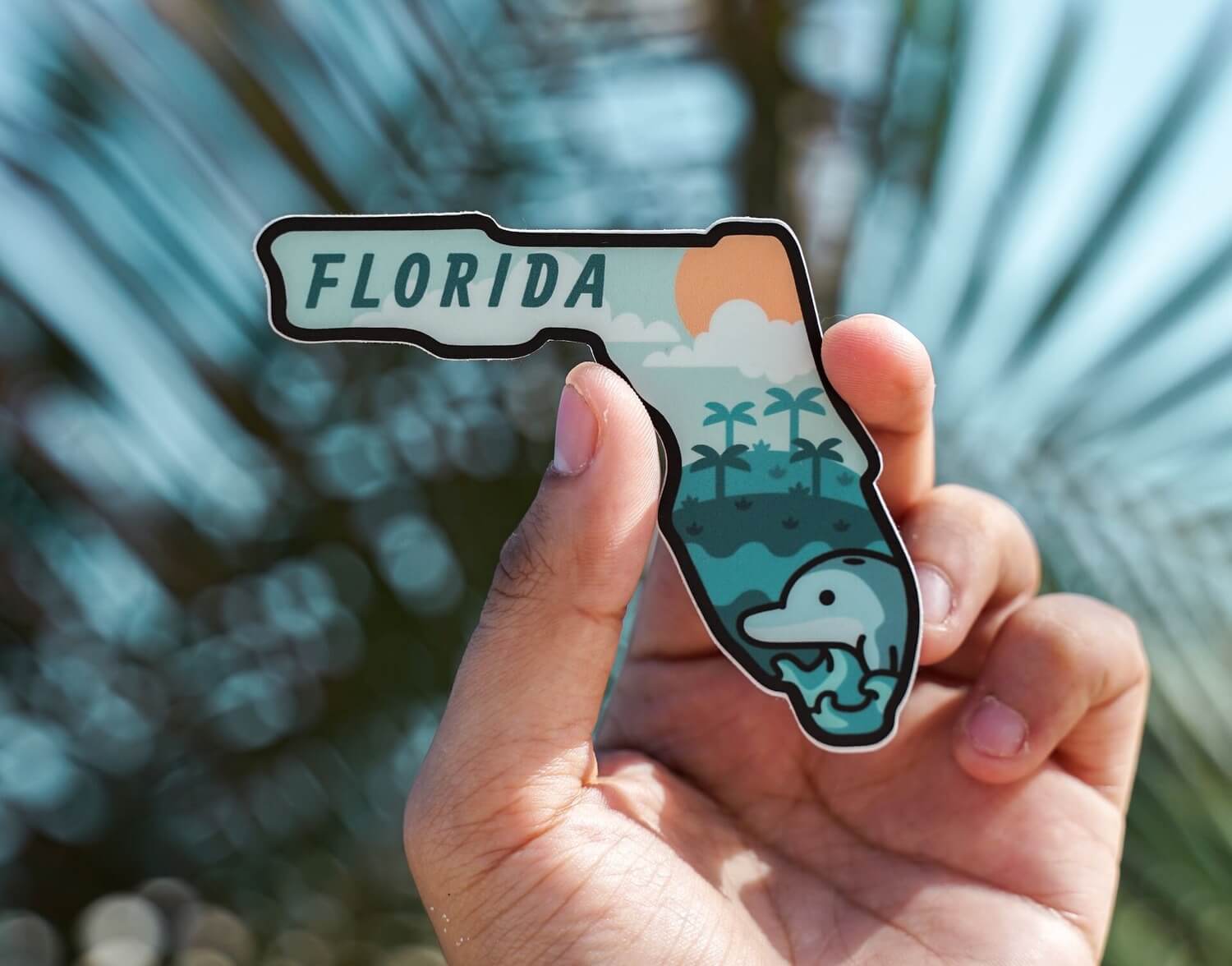The New Zombies

There used to be a fad in the 1940s and 50s, a fashionable way to relax, to escape from civilization and its angst: You went to a Polynesian-style tiki bar/restaurant.
Since these were all the rage, they were ubiquitous. Once inside, you could quickly unwind under the soothing ministrations of faux tropics…’neath a bower of plastic palm fronds swaying to sweet strains of recorded ukuleles plinking out visions of paradise on white sandy tropical shores.
And then, of course, you ordered a Zombie.
Invented by a restaurant and bar owner calling himself Don the Beachcomber, the Zombie was a potent, formidable, high-octane mixture of several rums and fruit juices. Some versions came garnished with a tiny parasol, in keeping with the beachy theme. But the piece de resistance was a special delivery, provided you were willing to shell out a bit more money. For this, the Zombie would arrive looking its most authentic – in a “tiki glass” – dark brown pottery shaped like a tiki, one of the terrifying, grotesque deities worshiped by ancient Pacific Islanders.
In retrospect, it was said, “Drinking a Zombie made you feel like one.” Since the word means “a corpse revived by witchcraft,” it leads us most aptly to 2023 and the horror-filled nether land where a new Zombie now prowls.
It is a drug whose street name is Tranq but whose medical name is Xylazine. Witness the
following TV newscast:
***
Fox News 8, March 29 – (Ohio Governor) DeWine makes Zombie drug “Tranq” component a controlled substance.
***
Why would such action be necessary? Because in the intervening years, we have learned much about alcohol and drinking. We know what effects could have been brought on by over-imbibing in the parasol-shaded fruited Zombies of yesteryear. Similarly, we have learned the hard way about drugs and addiction. And we know the consequence of today’s Zombie, xylazine, is death.
***
Excerpt from a Public Safety Alert by the U.S. Drug Enforcement Administration:
“Xylazine is making the deadliest drug threat our country has ever faced, fentanyl,
even deadlier…DEA has seized xylazine and fentanyl mixtures in 48 of 50 states.”
***
Xylazine is an anesthetic veterinarians use to treat horses, deer, and cows. It has not been approved for human consumption. It causes an eschar, the eruption of wounds on the skin that become easily infected and often hardened patches of dead and rotting flesh, necessitating amputation. As reported in the DEA alert above, the current scourge is due to xylazine being mixed with opioids (a medicine used to treat pain; also called an “opiate” or “narcotic”). The opioid alone can be fatal…adding Tranq makes it more so.
Ben Brafman, Chief Clinical Officer and Co-Founder at SBMHC, explains: “The main reason for adding xylazine to fentanyl, as we’re seeing around the country right now, is to stretch it, bulk it up, make it go further. Much like adding breadcrumbs to meatloaf to eke out extra portions. Only in this case, the portion is deadly.”
“It’s a murderous decision, a business decision,” he continues. “Those drug traffickers, those pushers, dilute their products with adulterants… ‘buff,’ they call them. Then there’s more to sell, more dollars in their pockets. And more fatalities.”
Linda Dolin, Medical Director at Sylvia Brafman, explains further: “Xylazine depresses the central nervous system, and it has not been approved for human consumption. Its effects cannot be reversed by naloxone. Instead, this drug renders the user unconscious and powerless to stop physical or sexual harm. If that wasn’t enough, it causes wounds to become infected, sometimes irreversibly if not treated early.”
Naloxone (brand name Narcan) is a lifesaver in cases of opioid overdose. It blocks and rapidly reverses the effects of opioids such as oxycodone, morphine, and heroin.
What Our Leaders Are Doing
While the country has recognized the urgent need to fight drugs in general and fentanyl and xylazine in particular, news sources are flooding the public with reports–from the White House down – of proposals for action. One, Bloomberg Philanthropies, did something concrete. In March, it convened the inaugural Partnership for Healthy Cities summit, sponsored by Mike Bloomberg, the three-term mayor of New York City, along with the World Health Organization, Vital Strategies, a global health organization, and Sadiq Khan, the mayor of London.
Mayors and officials from more than 50 cities globally convened in London to discuss health issues of mutual interest, as well as present awards for outstanding achievements. For example, Athens, Greece, was recognized for overdose prevention. Notably, this organization’s meeting was held in 2022 in Philadelphia, Pennsylvania. Noteworthy because Philly – the City of Brotherly Love – is frequently mentioned and photographed as suffering deeply from this new drug crisis. It is a city from whose sorry experience others can learn. It is a city whose people are on the move–out. Residents feel unsafe and walk away from dwellings that hold generations of sentimental family and/or historical connections.
One resident, a twenty-ish graduate student in social work, recently described Philadelphia’s northeast section. “It’s probably the largest open-air drug market in the world…they’re selling heroin pills on every corner. We have seen the progression of the opiate problem,” he continued. “Fentanyl was a problem here long before other cities.”
What has happened to America’s beloved city of the Founding Fathers, the Declaration of Independence, and the Liberty Bell?
“Some sections became economically depressed,” the young man said. “The homeless problem started when the Section 8 (low-income) housing was closed. Then developers came creeping in and gentrifying. Suddenly high-rent apartments popped up, and affluent people moved in, displacing those who could no longer afford to live where they had. So, homelessness and the drug trade started. And, we must admit, there was a failure to address the root causes of addiction.”
The young man sighed. He felt for the city where he and his country had grown up and spent their formative years. In another, earlier time, he might’ve unwound under the soothing ministrations of faux tropics… ‘neath a bower of plastic palm fronds swaying to the sweet strains of recorded ukuleles plinking out visions of paradise.



